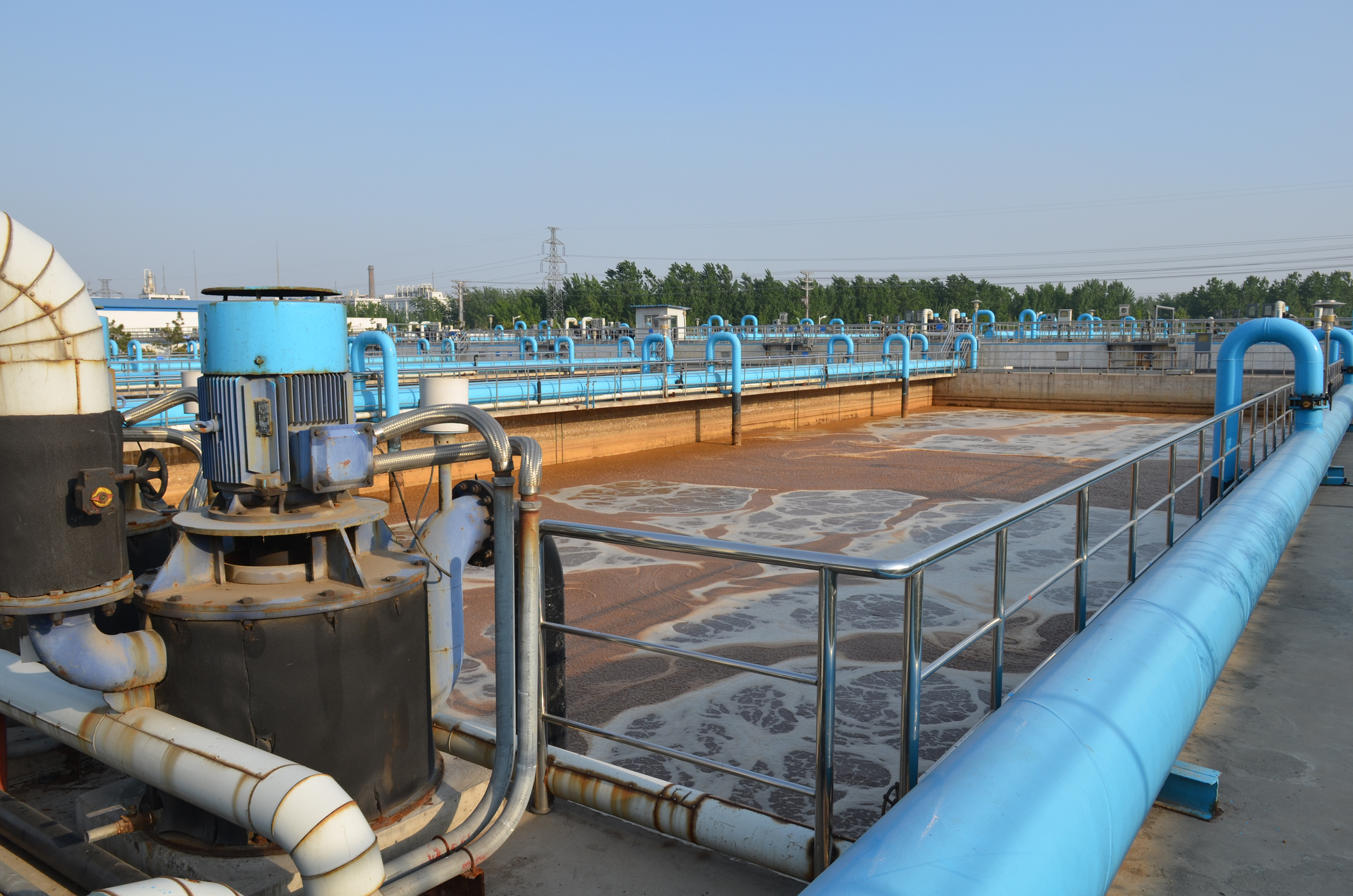Achieving the right balance in polymer dosing remains a nuanced and complex task for wastewater treatment professionals. This dynamic process is significantly influenced by the constantly changing nature of wastewater inflow and composition. Traditional manual dosing methods, while critical, are prone to human error and often lead to over- or under-dosing.
Leveraging AI-Driven To Obtain Precise Polymer Dosing
Modernizing the polymer dosing process by integrating advanced technology like AI can be transformative. AI allows for a more precise and dynamic process tailored to the specific and real-time characteristics of the individual plant. In addition, by automating polymer dosage, plant managers can minimize human error and free up staff to focus on other daily activities.
Overcoming Polymer Dosing Challenges with Expertise and Innovation
Today's reliance on manual dosing methods is a visual and inconsistent trial-and-error approach, which, while practical, leads to a lack of consistency and precision required for optimal sludge treatment.
Combining wastewater professionals' domain expertise with AI represents an effective combination of experience, expertise, and data analytics. Leveraging historical knowledge of the intricacies of the treatment process with insight from process data to make timely enables 24/7 adjustments to the application of polymer.
Refining the Polymer Dosing Process
In an industry where efficiency and compliance cannot be compromised, refining the polymer dosing process is not just about following a static formula. It’s about adapting to the ever-changing nature and complexity of wastewater treatment to find the most effective, sustainable, and cost-efficient approach on an ongoing basis.
AI's Predictive Power in Wastewater Treatment
Deploying operational solutions that combine AI technology with intelligent sensing devices stands out as a modernization strategy. This approach is perfectly designed to monitor and accurately predict water treatment needs and make real-time adjustments for optimized operational results. Beyond mere data processing, this strategy ensures optimal polymer dosage, minimized energy consumption variance, and consistent production of a drier sludge cake. (Learn how your sludge cake weight can be impacting your bottom line here.)
These insights enable treatment plants to proactively adjust their processes, shifting from a traditionally reactive execution to a proactive strategy. With AI's guidance, chemical dosing becomes more responsive to the current conditions of the wastewater, allowing plants to maintain consistent operational efficiency and adapt quickly to changes.
4 Benefits of AI in Wastewater Polymer Dosing
Introducing AI into wastewater treatment, particularly in polymer dosing, marks a significant leap forward. The benefits are quantifiable and multifaceted, impacting critical aspects of the treatment process.
1. Enhanced Treatment Efficiency
By ensuring precise dosing, AI technology can eliminate polymer waste and shortfalls. This level of accuracy not only translates to significant cost savings, but also boosts the overall efficiency of the treatment process.
For example, an AI-supported polymer dosage system can reduce operating costs for various types of sludge dewatering. Moreover, AI models have shown excellent prediction and optimization performances in wastewater treatment, including polymer dosing. AI enables wastewater treatment plants to hit that sweet spot in polymer usage every time, leading to more sustainable and efficient wastewater treatment processes.
2. Minimized Environmental Impact
In 2021, facilities in the United States released 196 million pounds of chemicals into water bodies, with nitrate compounds accounting for 90% of these releases, often as a result of on-site wastewater treatment processes. Globally, more than 80% of wastewater returns to the environment untreated, contributing to pollution and eutrophication.
AI-driven wastewater treatment can significantly mitigate these issues. By leveraging precise dosing, AI ensures fewer chemicals escape the environment. This meticulous management of chemical use aligns with stringent environmental regulations and represents a leap toward more sustainable wastewater practices. AI's ability to optimize chemical usage reduces the risk of chemical leaks, thereby diminishing the ecological footprint of wastewater treatment and safeguarding our water resources.
3. Reduction in Manual Labor and Human Error
Human error in wastewater treatment can have significant consequences. For example, sewage treatment plants on the Ganga were found to be operating at less than 60% of their installed capacity due to issues such as human error. This inefficiency can lead to the release of harmful pollutants into the environment.
However, using AI-driven systems in wastewater treatment presents a promising solution to this pressing issue. By automating the monitoring and adjusting involved in polymer dosing, AI technology reduces the workload on staff and significantly lowers the chances of human error. Reducing human error is critical in maintaining consistent water treatment quality and can lead to more sustainable and efficient wastewater treatment processes.
4. Data-Driven Insights for Improved Decision-Making
One of the most significant advantages of AI is its ability to analyze data and provide previously inaccessible insights. These insights enable wastewater treatment professionals to make more informed decisions and fine-tune the treatment process for better results. This aspect of AI is more than just efficiency. It’s about empowering professionals with knowledge for continuous process improvement.
Incorporating AI into wastewater treatment isn’t just a technological upgrade; it’s a strategic move toward smarter, more sustainable operations. It represents a shift in how the wastewater industry approaches challenges – with intelligence, foresight, and a focus on long-term sustainability.
Embracing AI in Wastewater Treatment for a Sustainable Future
Integrating AI-driven strategies, especially polymer dosing, signifies a significant shift toward a sustainable future. This move goes beyond merely keeping up with technological advancements. It represents a deep commitment to eco-friendly and efficient wastewater management practices. As the industry grapples with ever-tightening environmental regulations, a diminishing workforce, and a growing emphasis on sustainability, AI emerges as a crucial ally.
AI's role in wastewater treatment is becoming more critical by the day. It offers a way to meet stringent environmental standards while streamlining operations. The technology brings precision and efficiency that traditional methods can’t match, enabling facilities to minimize waste, reduce costs, and lessen their environmental impact.
Interested in learning more? Download your copy of our infographic to learn how AI works in the sludge dewatering process.

